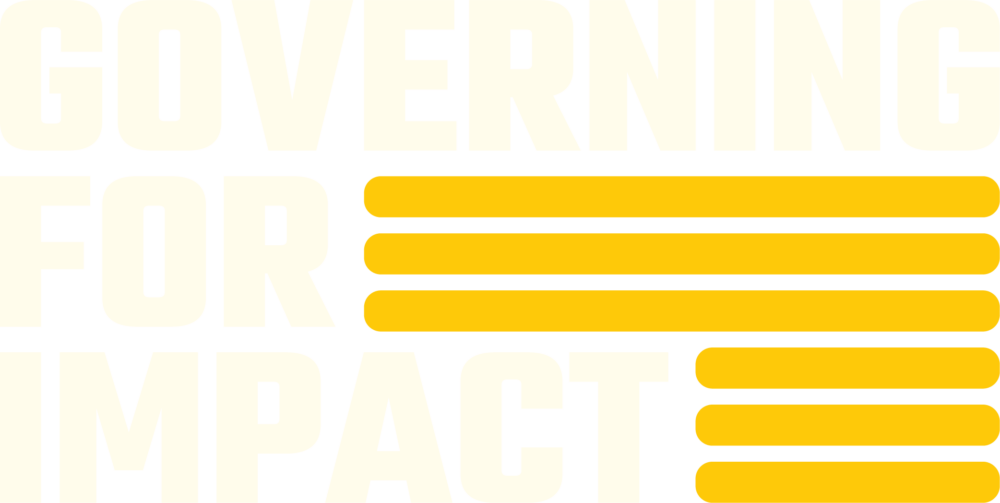The Center for Progressive Reform, which compiled a list of all the executive branch policies proposed in the conservative playbook, found the Trump administration has attempted or completed 153 of the 532 policies tracked as of April 15.
Author: Reed Shaw
Challenging Non-Enforcement
This Issue Brief outlines how litigants might challenge the Trump administration’s potential
non-enforcement efforts. It first explains why two cases often thought to make nonenforcement challenges more difficult—Heckler v. Chaney and United States v. Texas—in
fact leave substantial room to challenge categorical non-enforcement directives. It then
walks through how litigants might frame such challenges, focusing on how litigants might
identify a challengeable action, how they might demonstrate standing, what legal claims
they might assert, and which remedies they might be able to seek. Finally, it identifies how
litigants might challenge other types of decisions related to non-enforcement, including
efforts to delay federal rules, refusals to engage in rulemaking, and failures to take
statutorily required actions.
The Guardian: Trump 100 days: White House action plan makes Project 2025 look mild
Will Dobbs-Allsopp, policy director of Governing for Impact, and James Goodwin, policy director at the Center for Progressive Reform, have publicly tracked the executive actions suggested for 20 different agencies in Project 2025 as Trump has carried some of them out. Of the 532 proposals in the project that fall under these actions, Trump has already proposed, attempted or completed 153 of them – about 29%.
Slate: DOGE and Project 2025 Don’t Want the Same Thing
At least on domestic policy, the administration has in a short period of time made a remarkable amount of progress on implementing the mandate’s recommendations. Of the more than 530 executive actions across 20 agencies that the document advises, 28 percent have already been undertaken or completed.
DW: How durable are Donald Trump’s executive orders?
“A substantial plurality track very closely with specific recommendations in Project 2025,” Goodwin said, mentioning the executive orders on transgender rights as a particularly striking example. “In some cases, the language is almost lifted verbatim — or, in other cases, where the executive order itself accomplishes something that Project 2025 called for in general.”
Notice and Comment: Enforcing the Payday Lending Rule
Much like the Trump Administration’s attempt to “dismantle and disable the agency entirely,” the administration’s latest effort to prevent CFPB from enforcing vital consumer protections is unlawful.
Lawfare: Overcoming the Tucker Act After Department of Education v. California
Even after the Supreme Court’s shadow-docket decision, there remain ways to assert award-termination challenges in district court.
NOTUS: Trump is Trying to Cut the Public Out of Federal Rulemaking
The justifications in Trump’s orders seem to be “pushing on a few doors to get around notice and comment procedures just to see which door, if any, the courts allow to open,” Reed Shaw, an attorney with the left-leaning Governing for Impact, told NOTUS.
“There are these three discrete exceptions to notice and comment requirements under the [Administrative Procedure Act] that the administration is now applying incredibly broadly to try to remove a bunch of subjects from notice and comment,” said John Lewis, also at Governing for Impact, pointing to similar recent actions by Health and Human Services and the State Department to circumvent public input requirements.
The Guardian: Alarm as Florida Republicans move to fill deported workers’ jobs with children: ‘It’s insane, right?’
The report noted a corresponding push in at least 30 mostly Republican-controlled states to weaken workplace protections for children, and warned the second Trump administration would seek to escalate the rollback.
The Hill: DOGE structure, authority emerge as biggest DC mystery under Trump
“I think it’s a question that the administration has tried to dance around,” John Lewis, deputy legal director at policy think tank Governing for Impact, told The Hill. “Thus far, it seems to want to have it both ways.”
